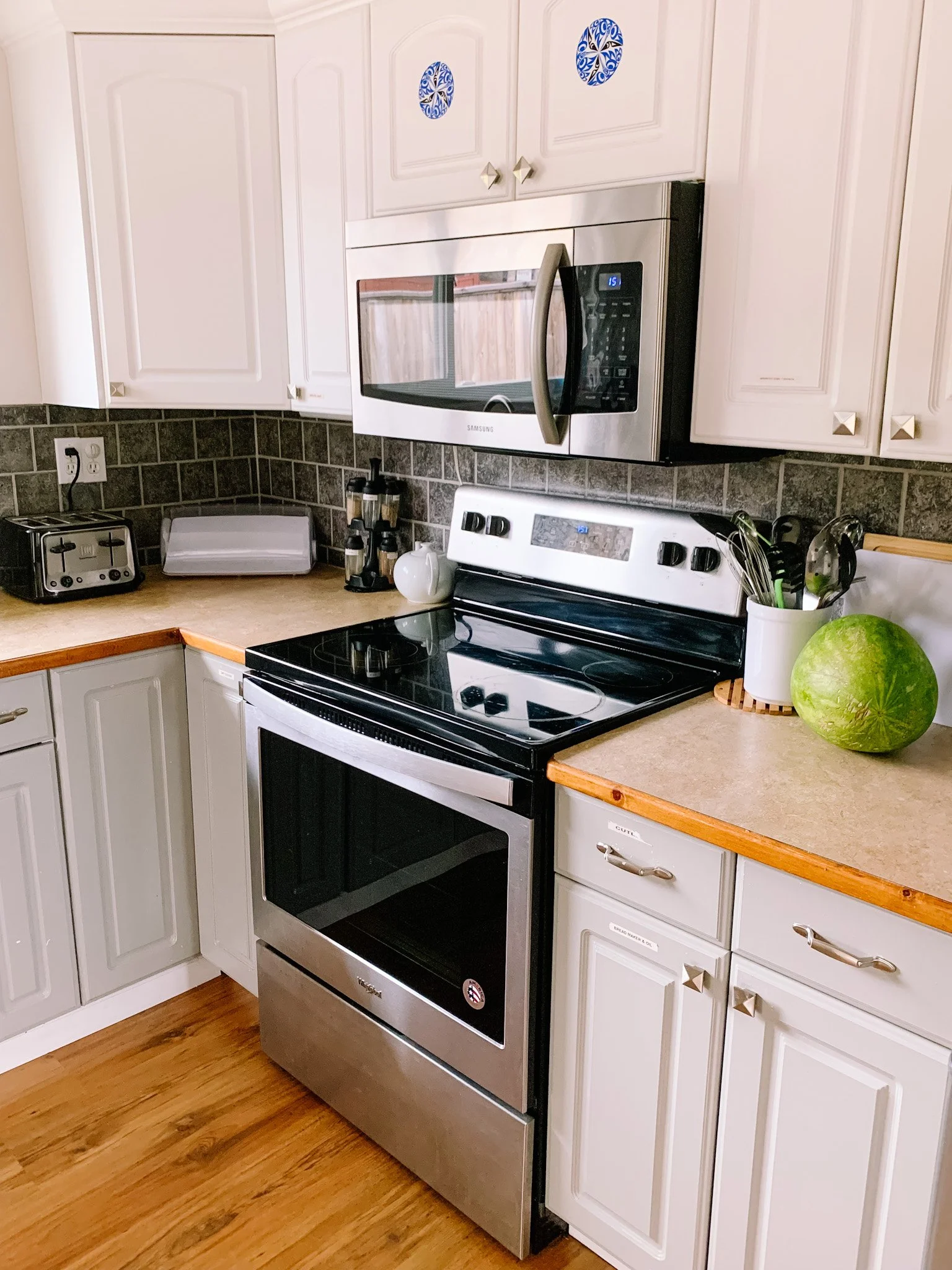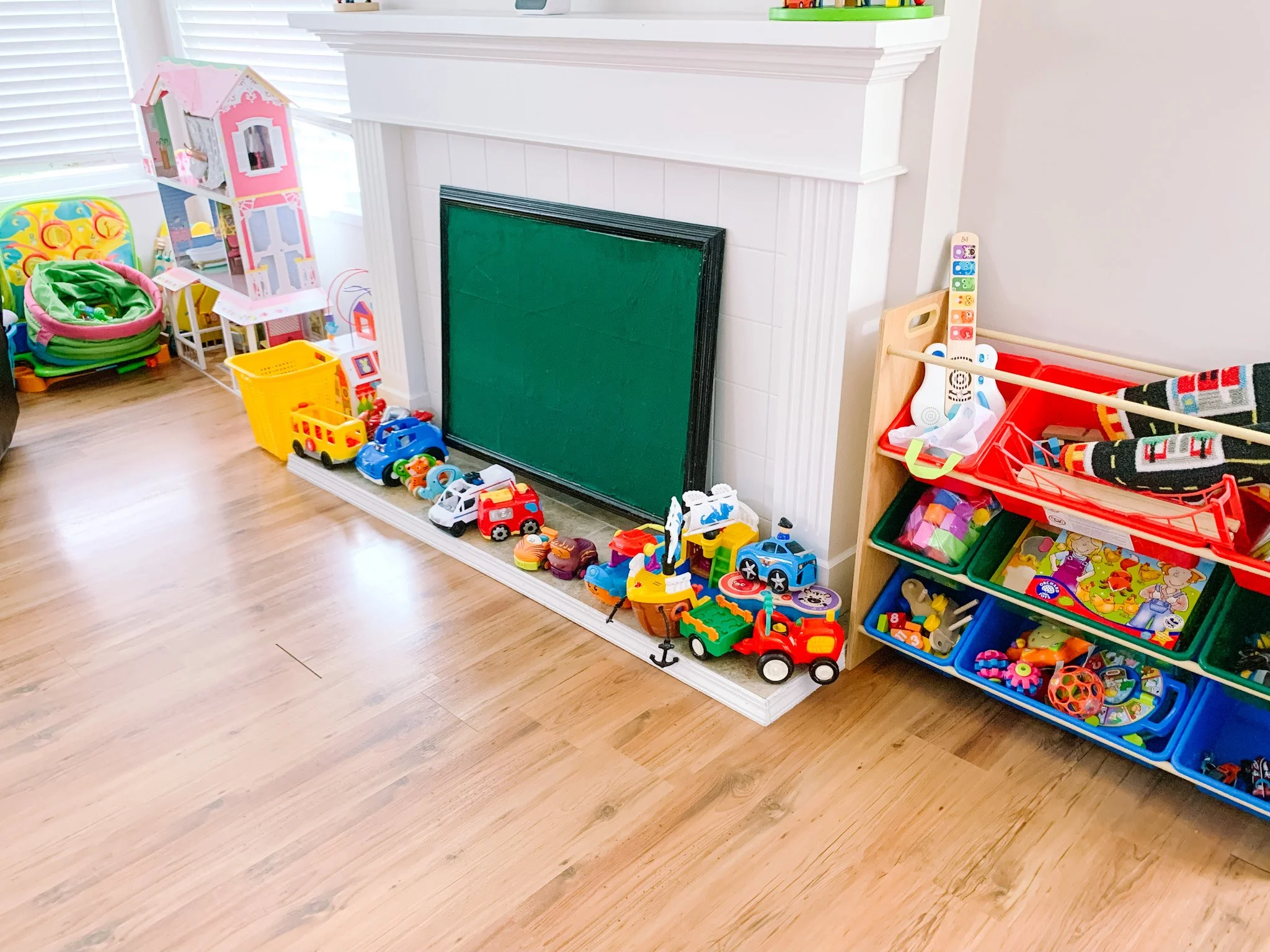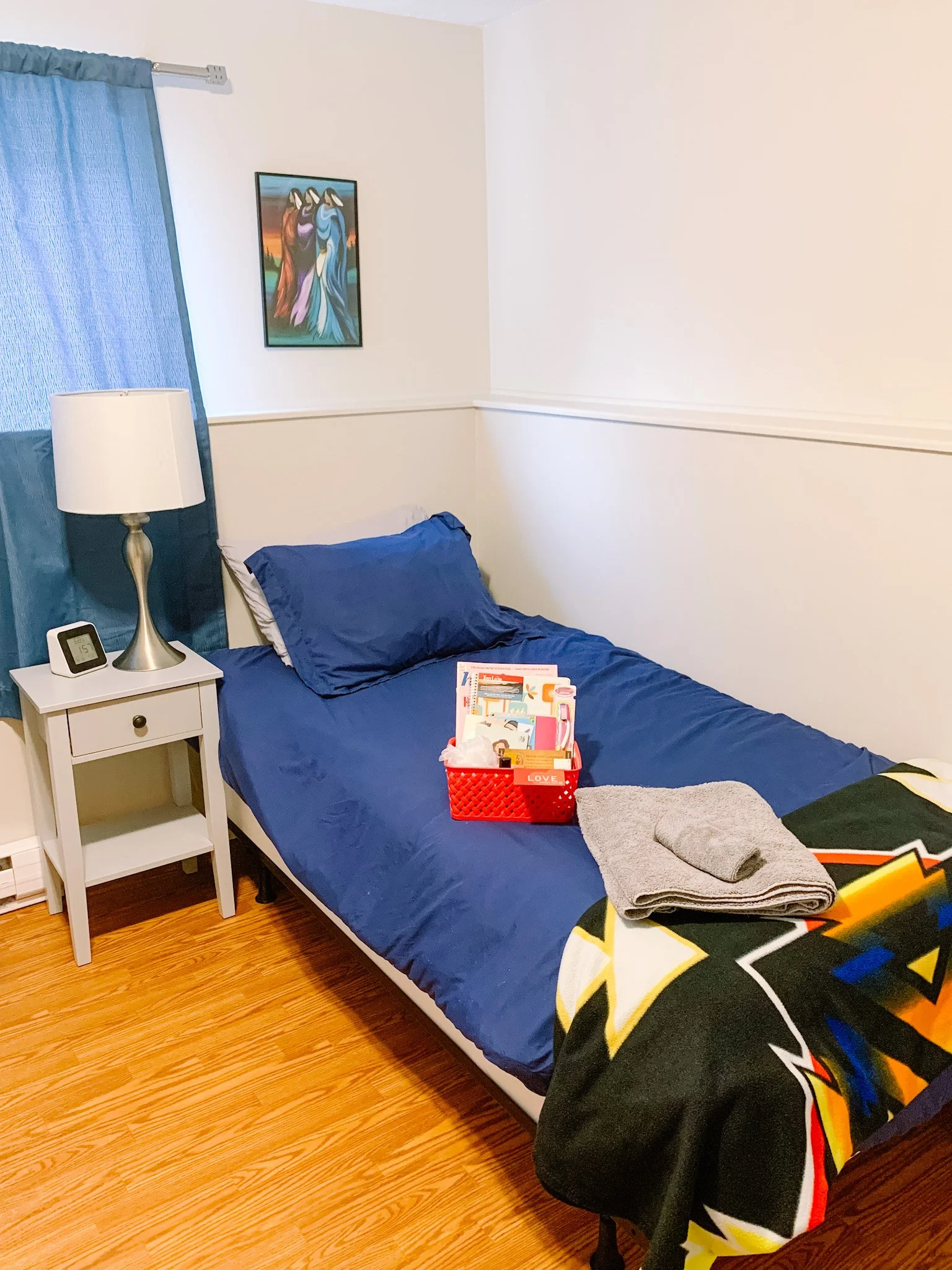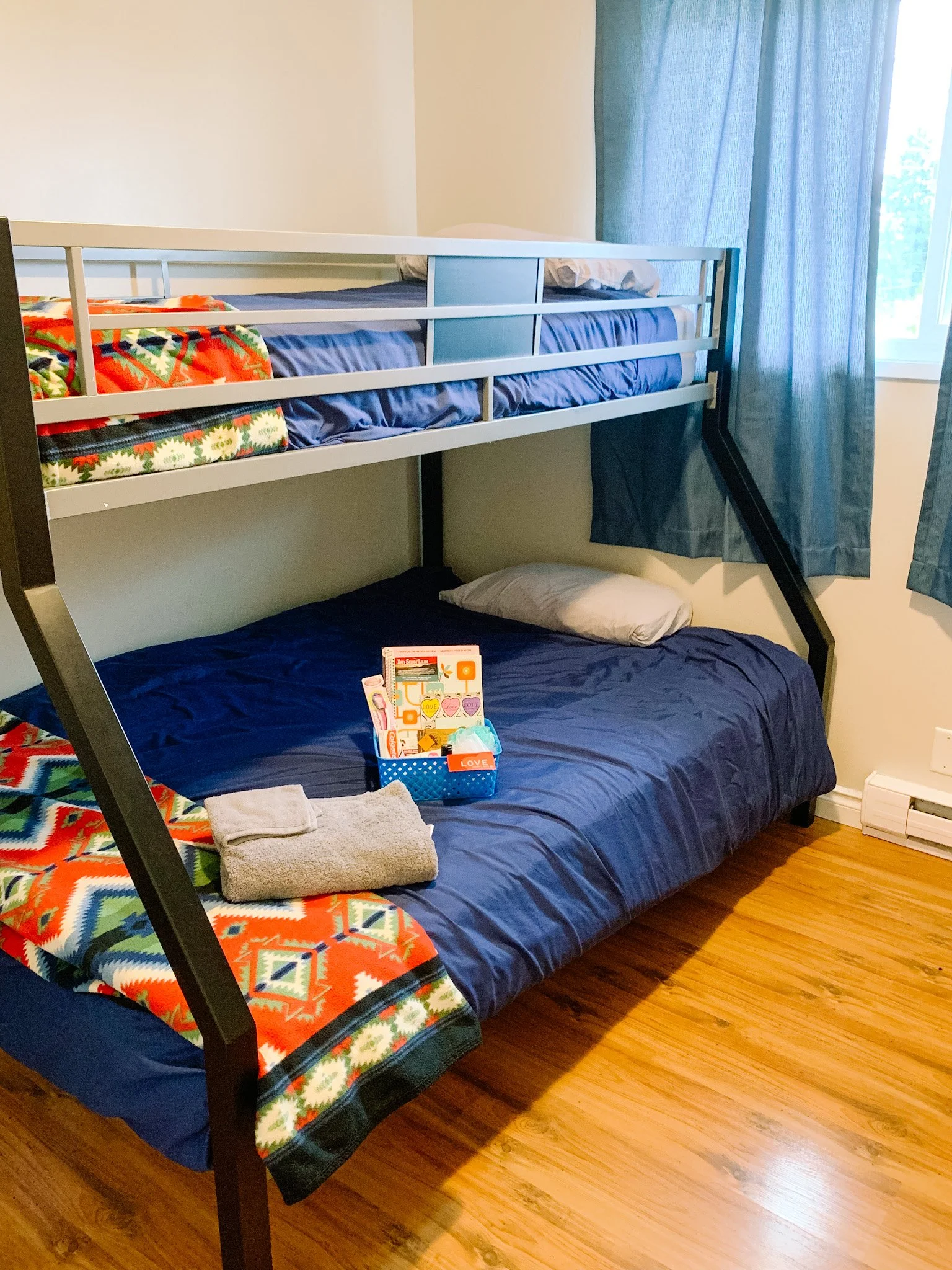FAQs
-
A transition house is a safe place for women and children fleeing violence. We strive to create a welcoming, and home like atmosphere. The transition house provides safe and confidential temporary shelter, while supporting women in accessing resources as they choose their next steps.
-
Each client has their own private room with a pin code on their door lock that only the client and staff know.
Families will share rooms.
Scroll down to see what some of our rooms look like.
-
Each stay at Cedar Woman House is assessed at the time of intake and is open to review depending on your circumstances, and active participation in programming. We cannot offer long term stays, but we can help you with your next steps.
-
- Important documents such as ID, Birth Certificates.
- Medications
- Bank Cards
- Court documents
- Clothing
- Valuables such as pictures and jewelry.
It’s ok if you aren’t able to take everything with you. Staff are equipped to support clients with emergency clothing, and can help as needed in accessing other items. We can also arrange for a police escort so you can safely return to the home to gather your things should you wish.
-
Cedar Woman House will provide clients with food. We even have a food request list. Women are welcome to bring their own food in, given that we have space, but it must be labelled.
Women are responsible for making their own breakfast and lunch. At this time dinner is cooked by support workers.
-
No, all services at Cedar Woman House are free.
-
If you are in immediate danger, please call 911.
Staff are available by phone 24/7. There may be instances where staff cannot answer the phone, but if you choose to leave a message, with a safe call back number staff will return your call. If you are not looking for transition house services we can offer community referrals, but we are not a crisis line. If you are in crisis and need someone to talk to, please call the Vancouver Island Crisis Line at 1-888-494-3888.



